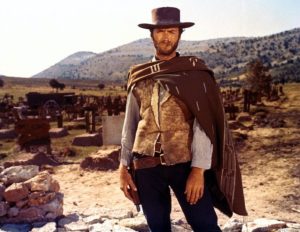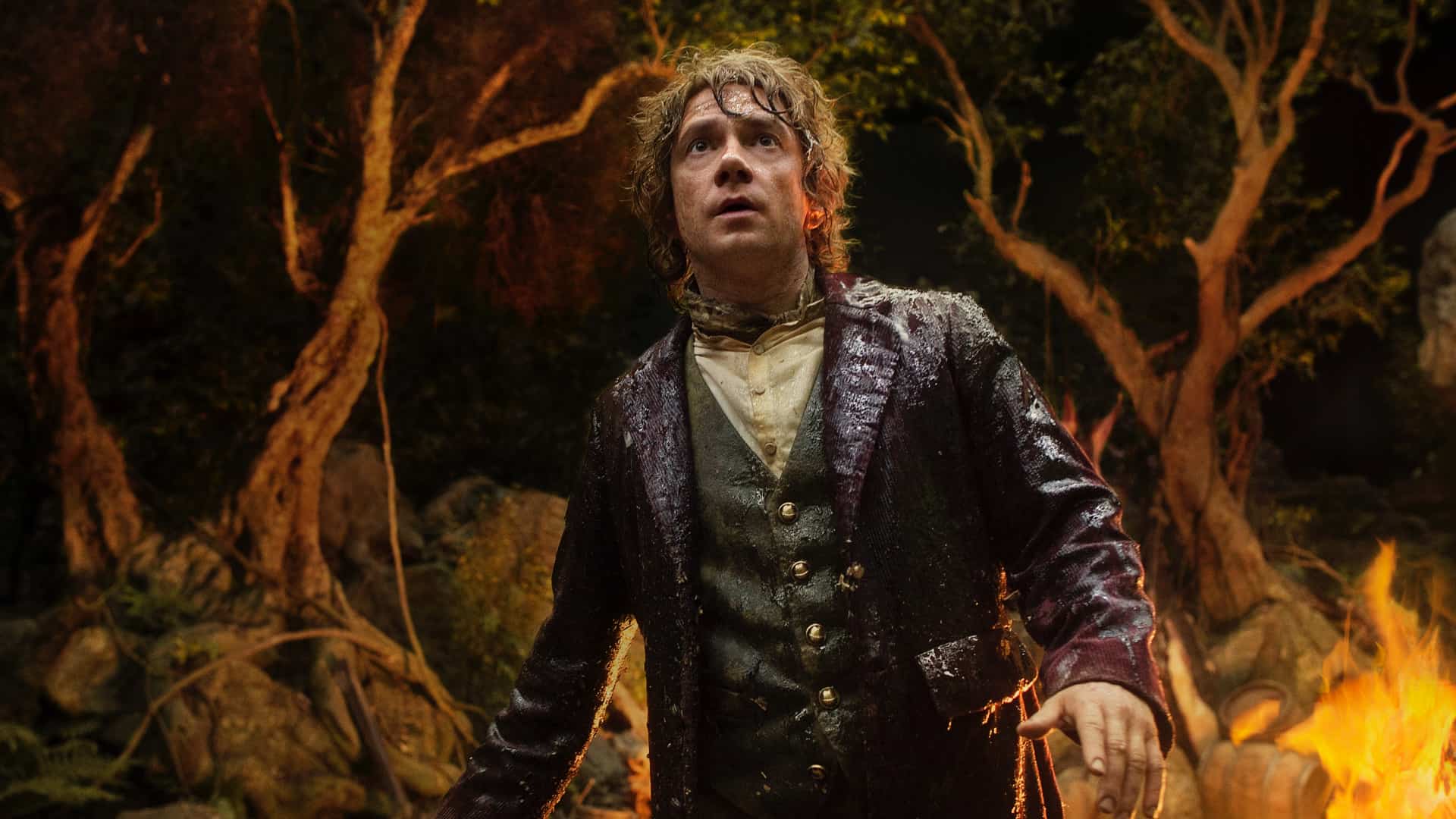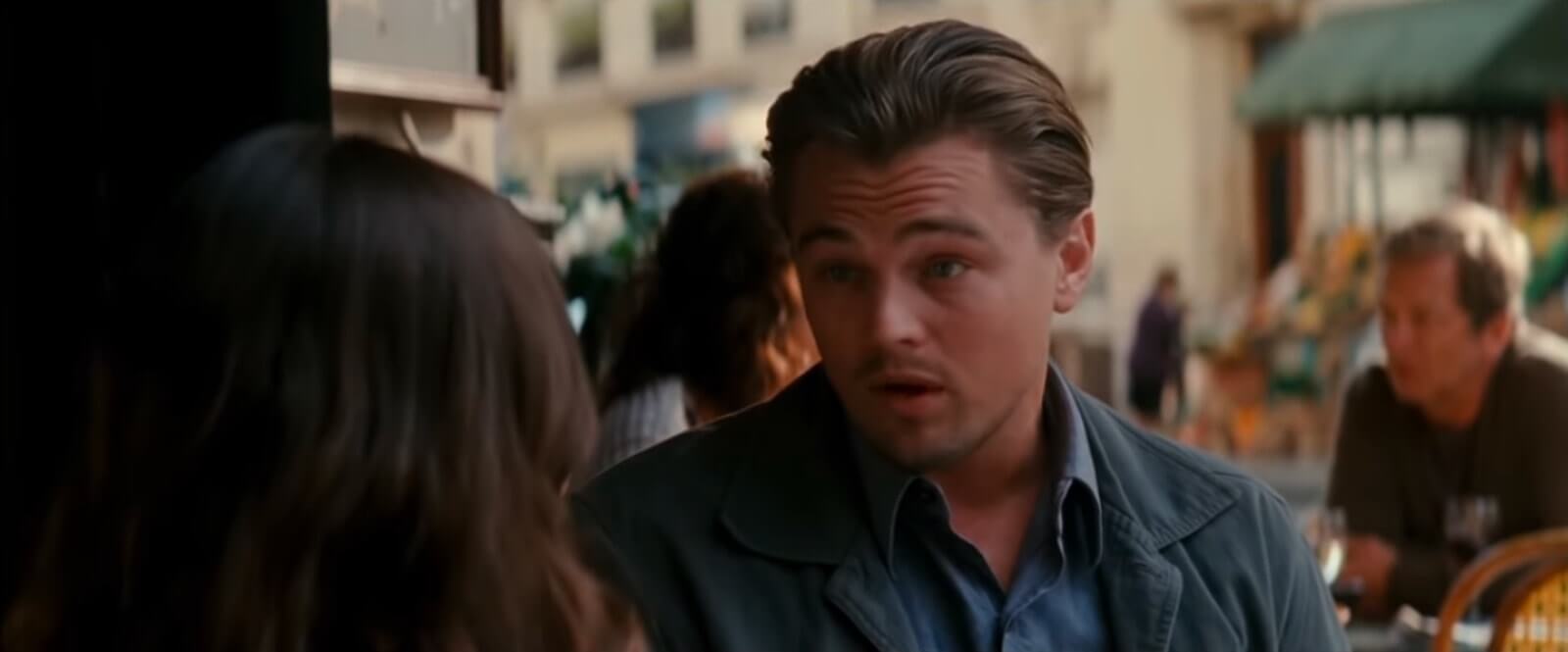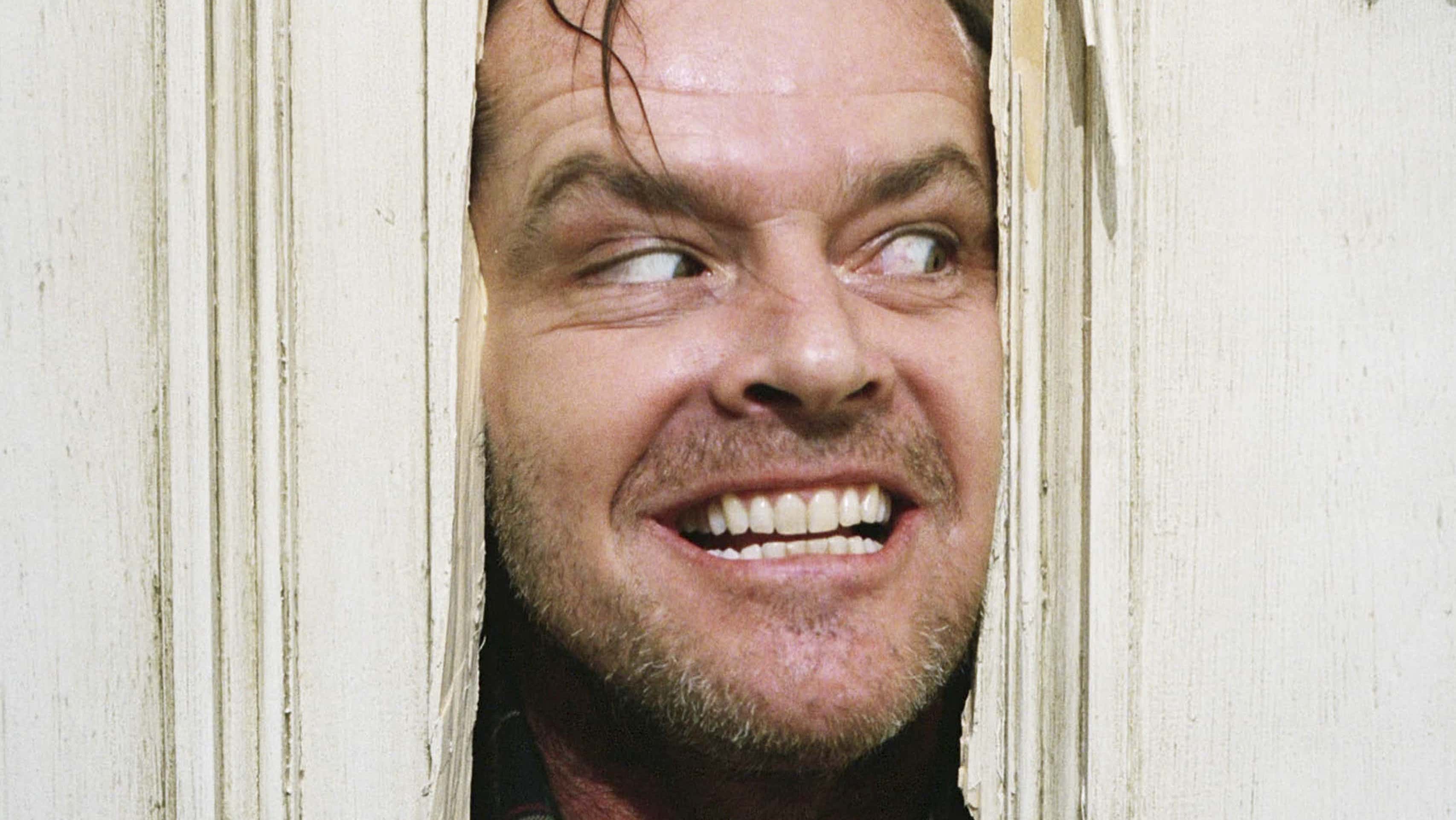Page 1:
12.09.2019
TASK 1
Task 1: Understanding 'single camera production'
a) Define 'single camera production':
| A single camera production, is a production that only uses one camera throughout. |
b) Identify the advantages and disadvantages of single camera production (refer to examples where you can):
Advantages
|
Disadvantages
|
Multi - Cam
Advantages
|
Disadvantages
|
| Normally more action and one take shots are used in a multi-camera productions, as the director only has one chance to get the shot. Whereas a single camera production, may focus on more of a narrative, as these can be re-shot until they are correct. Therefore, a multi and single camera production differ, because they are used for different reasons. Another example of multi camera, is live shows, which is necessary to give the audience more than one view, as they wouldn't be able to re-take a shot for different angles. More insurance required for multi cam, combined with them having to be shot in a studio. |
d) List 3 examples of single camera shows/films (aim for different genres)
1) Peaky Blinders
2) Secret life of Walter
3) Prison Break
List 3 examples of multi-camera shows (aim for different genres)
1) Fast and the Furious
2) The Graham Norton Show
3) Sky News
e) What is the definition of genre? Why is this important for audiences?
The definition of Genre is, a style of literature, music, art or other subjects with different styles.
------------------------------------------------------------------------------------------------------------------------------------------------------
PAGE 2:
Thursday 18th September 2019
A Single - One film/show, that lets the whole narrative unfold.
A Serial - One narrative over several episodes.
A Series - Containing characters + different narratives per episode.
Different Genres:
- Action - Fighting, fast cuts... - Fast and Furious
- Sci-fi - Dystopian Future - Interstellar
- Horror - Scary, Gory, blood... - Sinister
- Thriller - Scary at times, psychological - Get Out
- Costume - Set in a historical period - Peaky Blinders
- Drama - each episode has a major turning point - Peaky Blinders
- Adventure - Mysteries, problem solving... - Indiana Jones
- Comedy - Funny, stupid... - Hot fuzz
- Romance - Romantic, Love... - A Star is Born
- Rom-com - Romantic, mixed with comedy - About Time
- Crime - mystery, villain, police, problem... - No Country For Old Men
- soap-opera - Long running, mixture of emotions - East Enders
Series - Contains characters + different narratives per episode - Miranda
Single Camera - Only one camera is used -
Crime Drama Genre -
Soap Opera Genre -
Sitcom/Comedy -
Linear Narrative - A narrative that tells the story as they unfold
Non-linear narrative - A narrative that may be out of context and not in chronological order
Open ending narrative -
Closed ending narrative -
Realist narrative -
Anti-realist narrative -
------------------------------------------------------------------------------------------------------------------------------------------------------
POST 3
Thursday 26th September 2019
Framing = broken down into two parts
- Shot size
- How far object is from camera
- Camera Angle
- Where the object is positioned within the shot.
EXAMPLE IMAGE:
SHOT TYPE SHOT DESCRIPTION EXAMPLE
_________________________________________________________________________________
1 Extreme Long Shot - Furthest distance from camera

Can see whole person
--------------------------------------------------------------------------------------------------------------------------
2. Long shot - Can still see a lot within frame

--------------------------------------------------------------------------------------------------------------------------
3 Medium Long Shot - Camera cuts off ankles and feet

--------------------------------------------------------------------------------------------------------------------------
4 Medium Shot - Camera cuts off waist and below

--------------------------------------------------------------------------------------------------------------------------
5 Medium Close-up - Camera cuts off chest and below

--------------------------------------------------------------------------------------------------------------------------
6. Close-up - Shows things in great detail

- For example their face
--------------------------------------------------------------------------------------------------------------------------
7 Big Close-up - Use for interviews

- The object takes up most of the
screen
--------------------------------------------------------------------------------------------------------------------------
8 Extreme Close-up - No background

- Used to show reactions...
------------------------------------------------------------------------------------------------------------------------------------------------------
Post 4:
Thursday 3rd October 2019
NOTES:
Camera movements:
- Tracking/ Dolly
- Moves within a physical space on a track.
- Produces motion perspective
- Boom/Crane
- For higher angles
- Wider range of area that can be covered
- creates powerful dramatic effect
- Reveals immense scale of scene
- Steadicam
- Allows for smoother hand held footage.
- Used in documentaries more often.
- More personal
- The Pan and Tilt
- Lateral movement... Left ⇌ Right
- Is usually very brief, can be used to re position camera
- ARC SHOT
- Pivots around a focus point, rather than length ways.
- TILT
- Is the same as a pan but vertical.
You are able to narrow and focus the attention to the audience, by moving the camera in certain ways.
It emphasises important thematic ideas. For example, certain scenes tend to use certain camera movements.
Zoom In
Zoom Out
Racking focus
- Changing the focus whilst recording
CAMERA MOVEMENT
It emphasises important thematic ideas. For example, certain scenes tend to use certain camera movements.
Lens movements:
Zoom In
Zoom Out
Racking focus
- Changing the focus whilst recording
Camera Framing:
What is captured within frame.
Tight framing
- Lack of space around the subject.
- Sense of constriction
- Close-up
Loose framing
- Has more open space around the subjects.
- Mid-Long shot
Deep focus framing
- Almost everything will be in clear focus
- Can show more characters body language.
/////////////////////////////////////////////////////////////////////////
CAMERA SHOT TYPES
Close Ups - A shot where only certain features may be visible.
Extreme Close up - A shot that is filled by a smaller feature, E.G. An eye
Medium shot - The upper half of a person may be visible
Establishing shot - A shot used to show the location + normally is used to open a film/sequence
Long shot - A far away shot from the subject
High angle - The camera is looking down on the subject
Low angle - The camera is looking up onto the subject
Coverage - All the shots necessary to make the scene.
CAMERA MOVEMENT
Track - May be used to follow the actions of someone. May be used on a dolly system
Pan - Pans in different directions, to reveal different features of the scene or subject
Tilt - Where the cameras angle changes.
Zoom - Used to change focal lengths, to bring the audience closer or further from the subject.
LIGHTING
High key - Causes harsh shadows, normally bright direct light.
Low key - Much more subtle and natural.
Natural - Light from the sun or other natural sources, such as reflections.
Artificial - Lighting that the director has had to place on scene, to create their own lighting and shadows.
EDITING
Continuity - A type of editing that
Cut -
Montage -
Split-Screen -
SOUND
Diegetic
| |
Non-diegetic
|
SCRIPTING
Building a scene/story
|
Mise-En-Scene:
Composition
Language
Props/Costumes
...
Lighting continuity:
Willingly choosing whether to maintain similar lighting or not within a scene/shot. - Creative decision.
------------------------------------------------------------------------------------------------------------------------------------------------------
Post 5:
Thursday 10th October 2019
As you watch the film, answer the following questions about the narrative.
Does the clip reveal a linear or non-linear narrative?
How can you tell this?
|
Realist or anti-realist? How can you tell this?
|
Open or closed ending? How can you tell this?
|
What genre is the programme or film?
|
How can you tell the genre?
(Characters, editing, camera, narrative, lighting, settings, sounds, themes)
|
Stranger Things:
The first episode reveals a linear narrative, because everything is told in order, with no flashbacks. However, it does follow two narratives at first, one about Hawkins, and one about the Kids.
It has an anti-realist narrative, because the very first scene shows a scientist running from weird creatures, suggesting that it may be more of a sci-fi genre. Therefore; the narrative would have to be anti-realist, as it is not real.
The end of the episode is left open ended, this allows the audience to stay engaged, and want to watch the next episode, to find out more.
The programme's genre is science fiction. I am able to tell this by the themes, sounds and characters used. As there are key features of the programme, which are stereotypes of the sci-fi genre; such as the
CAMERA MOVEMENT
- Crane- Refers to a dolly shot taken in the air using a heavy piece of equipment that the camera is mounted to.
- Handheld- Gives the shot a jerky effect that creates a scene of realism. E.g The Blair Witch Project, The Broune Trilogy and Cloverfield.
- Panning- a Camera movement that goes from left to right.
- Slow Motion- Showing a moving image more slowly than it was filmed.
- Speed- Suggests how fast or slow the movement is.
- Tilting- A vertical camera movement that points up or down while the camera is stationary.
- Tracking- When a camera is mounted on a cart which travels along tracks, creating a very smooth movement. Also known as a 'dolly shot'.
- Zoom in/ Zoom out- A change in the camera lens' focal length will give the illusion that the camera is moving closer or further away from the subject.
LIGHTING
- Realistic Lighting- Used so that actors and set are lit so naturally that the audience do not notice the technology that has been used to stimulate reality.
- Expressive lighting- When the director uses light to set a mood or tone for a scene- or even a 'look' to whole film.
- High-Key Picture- Makes the shot look very bright overall with small areas of shadow. A bright, sunlit outdoor scene is high key.
- Low-Key Picture- Makes the shot look dark overall with few areas of highlight. These may be one section of the shot which is brightly lit while the rest is deep shadows.
- Artificial
EDITING
- Continuity
- Cut
- Montage
- Split-screen
SOUND
Diegetic- Diegetic sound-sound whose source is visible on the screen, or whose source is implied to be presented by action of the film.
- voice of character
- sound made by objects int the story
- music represented as coming from instrument
Non-Diegetic sound- sound whose source is neither visible on the screen nor has been implied to be presented in the action:
- narrators commentary
- sound effects is which is added for the dramatic effects
- mood music
SCRIPTING
Narrative-
Is simply a word for describing the plot or story line of a film.
Linear-
Begging- middle - end
Non- Linear-
Flashbacks etc.
Multi-Strand-
Several narratives running at the same time.
Open-
Cliff hanger, story does not resolve.
Closed-
Story ends satisfactorily
Point of view-
First person (through the eyes of the character), second person (documentary), third person (outside the story- relating experience)
Is simply a word for describing the plot or story line of a film.
Linear-
Begging- middle - end
Non- Linear-
Flashbacks etc.
Multi-Strand-
Several narratives running at the same time.
Open-
Cliff hanger, story does not resolve.
Closed-
Story ends satisfactorily
Point of view-
First person (through the eyes of the character), second person (documentary), third person (outside the story- relating experience)
- Building a scene/story

Comments
Post a Comment